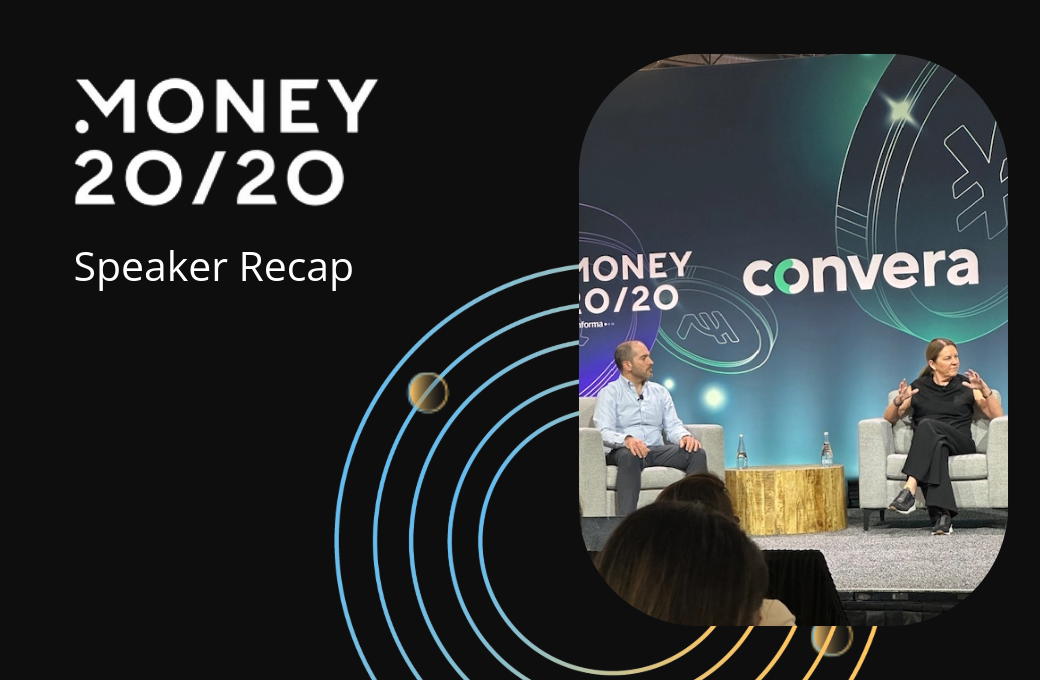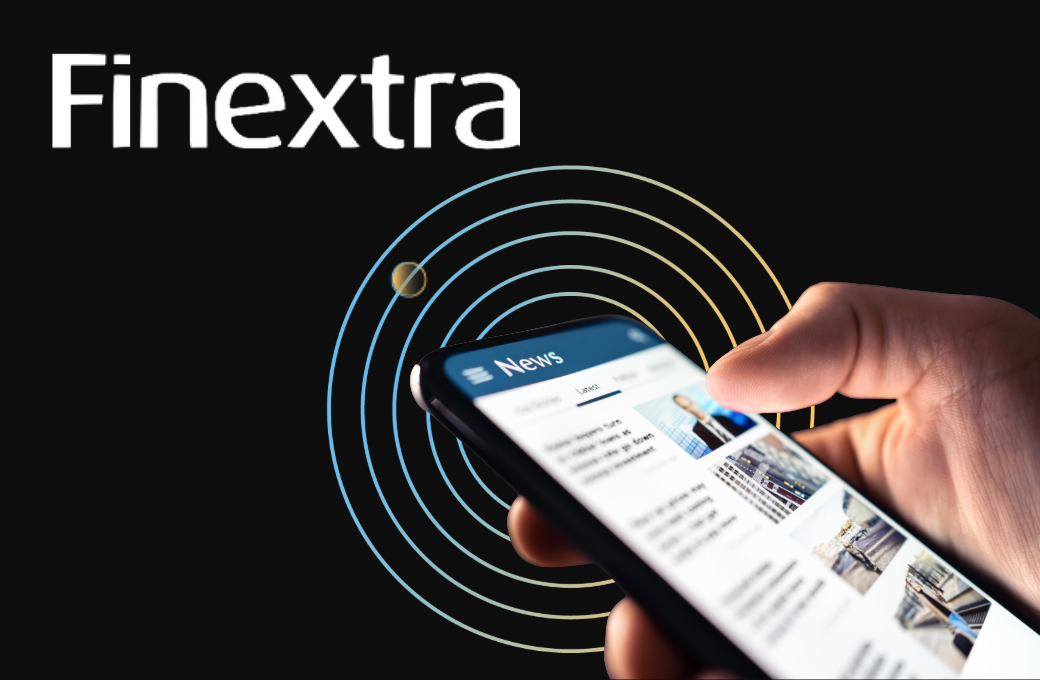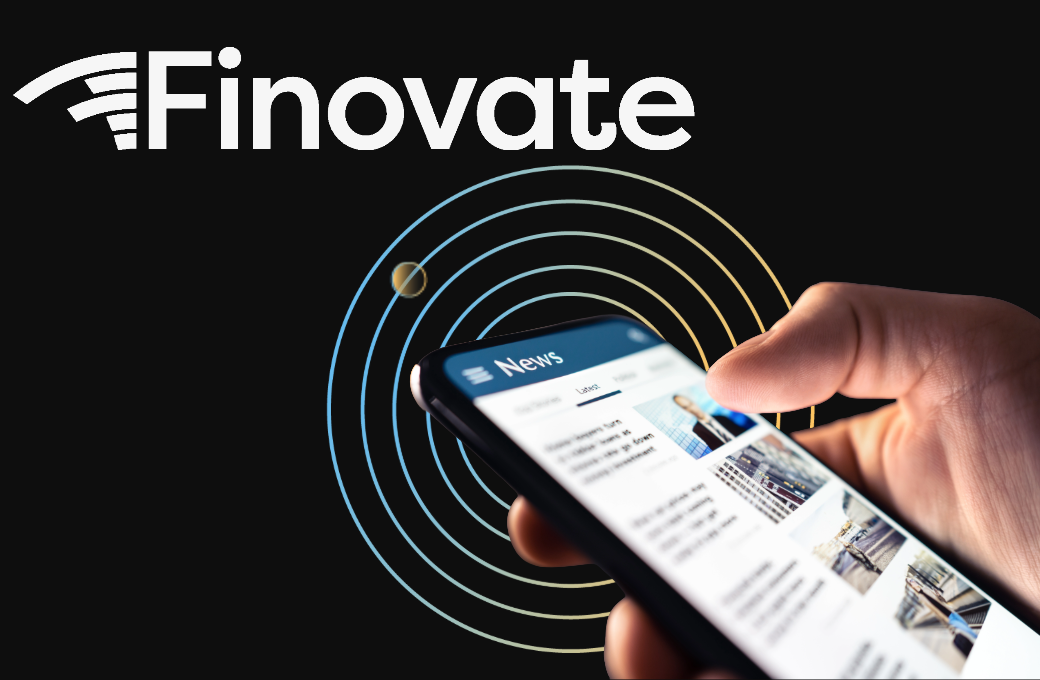Qolo Founder & CEO, Patricia Montesi, recently joined leaders from Fetch and American Express on stage at Money20/20 to discuss the future of card programs. If you missed it, here’s what you need to know.
The panel explored how consumer expectations, fintech rails and network strategies are converging to reshape card issuing. From virtual-first design to real-time rewards, the conversation covered what’s working now and what’s coming next.
Below, we’ve recapped Patricia’s insights across five key questions.

What ecosystem change will reshape card issuing over the next three years?
Patricia highlighted three major shifts:
Digital and virtual are here to stay.
65% of cardholders now use virtual cards, and commercial programs are catching up fast. Businesses are using virtual cards to streamline accounts payable and even disburse loans. Programs that can issue instantly and manage controls in real time will win on activation and engagement.
Cardholder controls and insights are becoming table stakes.
With the $8 late-fee cap now voided, issuers are back to traditional fee structures. That’s necessary from a risk and revenue standpoint, but it’s not always a win for cardholders. Programs that build in smart spending alerts, restrict certain purchase types or send proactive notifications will drive better experiences, stronger loyalty and healthier margins.
Interchange is evolving from invisible plumbing to a program strategy lever.
Issuers and brands increasingly see interchange as a primary revenue stream, especially for fintechs where credit isn’t the main driver. That puts pressure on programs to maximize engagement and spend without alienating cardholders.
One thing Patricia made clear: these trends aren’t just about consumer cards. Business users are consumers too. They expect their corporate cards to behave like their personal ones.
What’s the critical path for launching a new program, and where do teams stall?
Patricia emphasized that the critical path isn’t linear. It’s three gates running in parallel, and most teams get this wrong.
Gate one: Sponsor bank and BIN alignment.
You need to align on KYC/KYB, AML, dispute operations and reporting cadence up front. This is where timelines die if you’re not prepared.
Gate two: Issue and process configuration.
Choose tokenization, auth routing, controls and risk models before you brief design. Digital issuance typically lifts activation by around 10% and early spend by about 5% versus plastic-first programs. Design for it from day one.
Gate three: Program management.
Settlement, reconciliation and chargeback flows need to be unified before any card ships. Teams stall here because ledgers, clearing files and network rejects live in different tools. Patricia’s playbook is to unify those into one configurable program layer up front.
She also noted that this applies just as much to commercial programs. In some ways, they’re easier than consumer programs because you don’t have to build a retail acquisition funnel or navigate the same credit underwriting and compliance processes. But the failure points are identical.
What data should flow among brand, processor and network to power personalization without crossing privacy lines?
Patricia’s approach: share signals, not secrets.
The right data to flow are the transaction signals that already exist at the card level. That’s enough to improve rewards, sharpen fraud checks and make the experience more personal without exposing cardholder identity.
Signals to share: tokenized card state, spend category, channel (in-store vs. online), velocity and dispute status.
What not to share: anything the cardholder hasn’t opted into, like PII, precise location or behavioral breadcrumbs. That’s where helpful turns into creepy.
What makes this powerful now is the tech behind it. Platforms like Qolo’s are 100% cloud-native and built for real time. That means a distributor or brand can layer in their own features on the spot. For example, they can push a pop-up notification about a reward the moment someone checks out online. Passing this data instantly lets brands personalize in ways that feel valuable, not invasive.
What upcoming changes in everyday payments should builders consider when creating new products?
Patricia focused on one major shift: cardholder benefits are moving from passive points to proactive, real-time experiences.
Rewards are too often left on the sidelines, and it’s up to the cardholder to figure out how to use them. That’s backwards. Rewards need to be optimized in real time.
Cloud-native platforms like Qolo’s let issuers trigger benefits right in the transaction flow, nudging someone about a reward or discount while they’re checking out online, not in a monthly statement.
The opportunity is to surface value in the moment. Everyday payments happen when customers aren’t thinking about their card. Whether it’s reminding them of a cashback offer, applying a merchant-funded discount or gamifying their spend like Fetch is doing, the goal is to meet them where they are.
What would you plan for earlier next time, and what contrarian bet paid off?
Patricia shared three lessons from more than 20 years in payments:
Have deep sponsor bank alignment.
What’s their risk tolerance when it comes to consumer programs vs. commercial programs? Knowing that up front will save months of back and forth.
Know when to invest in BINs.
It feels like overhead at launch, but it’s what gives you control later: faster network approvals, cleaner data and easier scaling. Qolo invested in BINs upfront, so they are ready to launch new programs faster.
Have cars on the lot that are ready to drive.
Pre-baked constructs like spending caps, dispute flows and ledger logic mean you can be configuring a program on day one instead of building from scratch under deadline pressure.
The bet that paid off for Qolo? Building card issuing as part of a true stack, from ledger to launch.
Clear segmentation that avoids the risk of commingled funds. Architecture that lets clients issue virtually and set custom controls. And reconciliation not just for card spend, but for multiple payment rails, because traditional rails like ACH and wire are still part of day-to-day operations for most businesses and fintechs.
What This Means for Card Programs as we move into 2026
The panel made one thing clear: card programs will be won or lost on infrastructure.
Digital issuance, real-time controls, unified reconciliation and instant rewards aren’t nice-to-haves anymore. They’re expected. And the platforms that can deliver them without forcing brands to stitch together five vendors will be the ones that scale.
If you’re building a card program or rethinking your stack, reach out. We’d love to talk about what’s possible.



